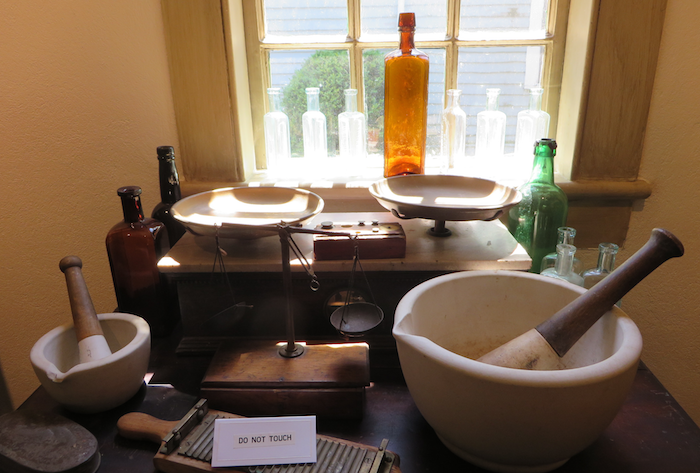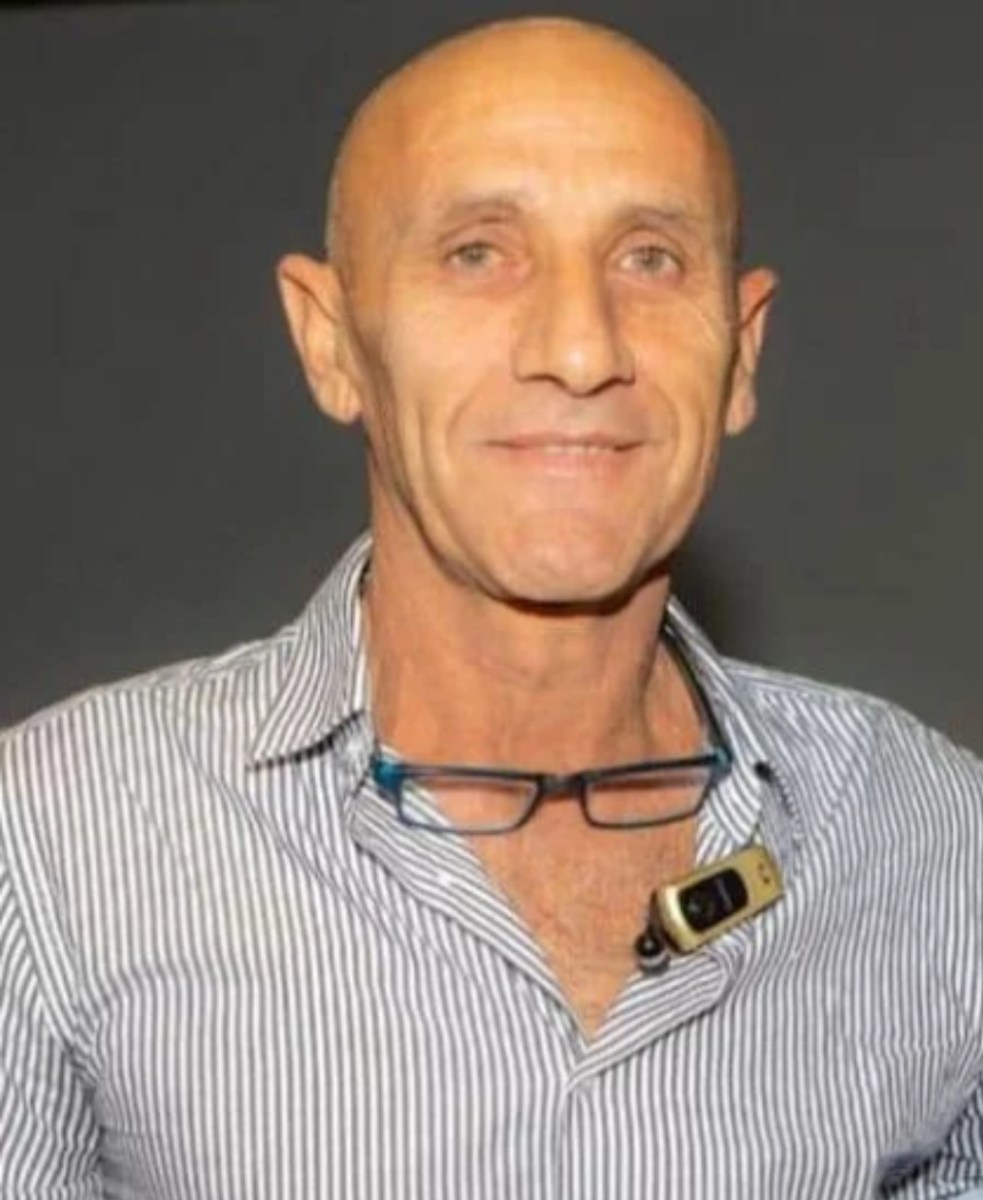A Look Back: Life in 19th Century Sag Harbor

It was the mid-19th century, and if the sickness didn’t kill you, the medicine did. In Sag Harbor a young doctor named Edgar Miles stepped off a boat from Connecticut and set up shop on the corner of Main Street.
To the modern mind, bloodletting, purging and other violent treatments seem positively medieval. Yet to the medical community of the 1800s they were standard procedure. While other doctors were prescribing mercury and laudanum to feverish patients to “remove excess vitality,” Dr. Miles was taking a different approach. In doing so, he improved the quality of life for Sag Harbor’s residents.
“He was not just a local doctor,” says Debbie Anderson, curator for the Sag Harbor Historical Society’s latest exhibit, “Dr. Edgar Miles: Herbalist Doctor.” “He was also a bit of a rebel of his time. He broke away from traditional treatments. He, with a few other young men, was part of the Eclectic practice. It emphasized plant–based medicinals, as well as exercise.” Eclectic Medicine drew upon the knowledge of Native American tribes, botany and clinical trials to find cures sourced from the natural world. Unsurprisingly, Dr. Miles’s prescriptions worked better than the mainstream approaches. He quickly gained the confidence of Sag Harbor, from its widows to its whalers.

At the Annie Cooper Boyd House in Sag Harbor, the Sag Harbor Historical Society is now exhibiting artifacts from the life and career of Dr. Edgar Miles and his family. Included in the collection are bottles, medicinal powders and medical textbooks belonging to the doctor, as well as labels Dr. Miles created for his Main Street Herbal Depot. The labels, some of which are handwritten and still bound in twine, show the natural, gentle and even quaint side of Eclectic Medicine. Prescriptions ranged from honey to cinnamon to cayenne pepper.
Among the display cases of medical paraphernalia you’ll find some of Dr. Miles’s personal effects — his coat, his top hat, as well as some unconventional forms of payment he received. The exhibit offers visitors a look inside the beautiful and gruesome, the progressive and traditional, the sweet and the downright macabre details of life in Sag Harbor throughout the 19th century.
The impetuous for such an exhibit came when Debbie Anderson began exploring the attic of Anita Anderson, her mother-in-law. “She is the granddaughter of Dr. Miles. When she died, there was an attic full of antiques — chests, letters, all sorts of things. We came across Dr. Miles’s equipment, his books, his recipes, and I thought, wouldn’t this be a nice snapshot of what life was like in Sag Harbor?”
The exhibit has since attracted students, historians, holistic medicine enthusiasts and lovers of all things strange. “Everyone is fascinated with medicine,” says Debbie Anderson. “Even people who aren’t interested in history… The exhibit is not just a description of an event or a building. It’s medicine in the 1800s and it’s the story of a family. The exhibit is a microcosm.”

“We are very fortunate to have people on the Board with these great connections,” says Jean Held, who assisted Debbie Anderson in the curating process, and is currently acting as a docent for the Sag Harbor Historical Society. “We all have a different story to tell. We all look at things differently.”
“Dr. Edgar Miles: Herbalist Doctor” adds a new angle with which we can examine the history of Sag Harbor, and will surely interest anyone who walks through the door. Visitors are welcome to view the artifacts of Dr. Miles’s life on Saturdays and Sundays from 1–4:30 p.m. at the Annie Cooper Boyd House, 174 Main Street, Sag Harbor. They will be on display through Sunday, September 4. Visit sagharborhistorical.org to find out more.




